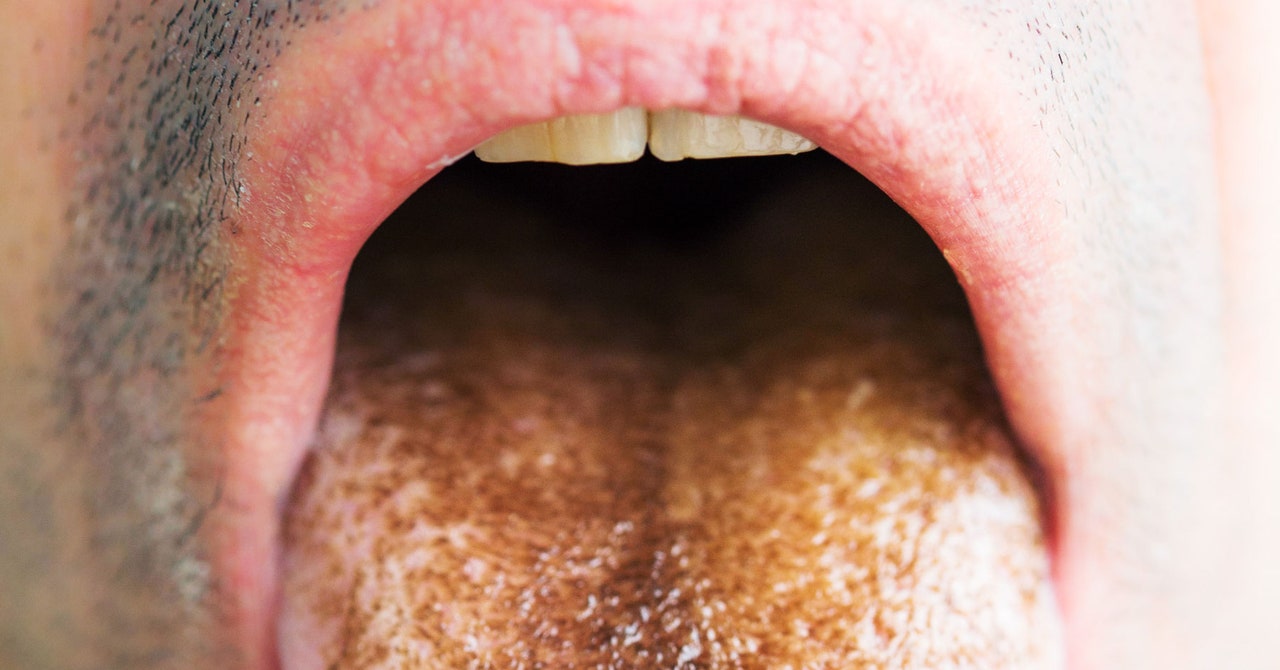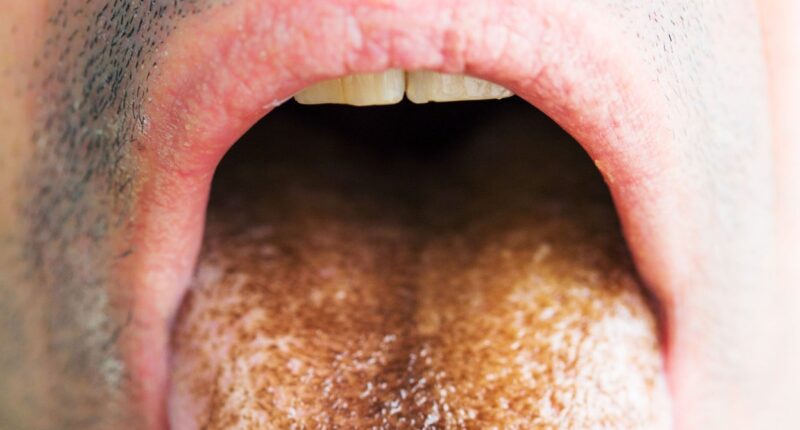.jpg)

Medical imagery tends to burst with gore and horror, from grisly gashes and festering flesh to a merciless gush of other odious afflictions. But the most disturbing sights aren’t always the most grievous ailments—as a recent case in Ohio demonstrates. A man there developed a completely benign condition. His prognosis was excellent. He recovered in full, quickly. Yet, for any observer, a ghastly glimpse of his mild malady may cause acute discomfort and enduring trauma.
The man briefly developed an unusual condition in which a shaggy carpet of green fibers covered his tongue, according to a report in the New England Journal of Medicine. (If you dare, an image of the man’s tongue can be found here.) The thick, plush mat of foul fur was a form of hairy tongue syndrome. The most common version of this condition is black—which is also pretty disturbing. But, in exceptional cases, the repulsive rug can also appear as tongue-colored, brown, yellow, blue, or green.
The rare hue seemed to initially stump doctors, who prescribed him an antifungal medication after assuming the fuzzy eruption was a yeast infection. But after a course of the drugs his oral outgrowth remained in all its glory. After that, doctors at the Wright-Patterson Air Force Base medical center diagnosed it as hairy tongue syndrome.
So, what causes this lingual wickedness? And why does it come in a variety of colors? Doctors don’t entirely know, even though it was first identified in 1557. Centuries later, the primary hypothesis is that some combination of oral disturbances prevents the tongue’s top layer from completing its normal cycles of sloughing off old cells—aka defective desquamation. This leads to a buildup of epidermal debris that can form long, hairlike structures on the tongue.
Tint and Texture
The tongue is normally covered with little protrusions called papillae. There are four main types of papillae on the tongue—filiform, fungiform, foliate, and circumvallate papillae. The ones most affected by hairy tongue syndrome seem to be the filiform papillae. They are densely packed on the top of the tongue and are the only papillae that don’t sport taste buds. In terms of shape, filiform papillae are conical or cylindrical protrusions, topped with numerous threadlike projections called secondary papillae. Collectively, the wee structures create the tongue’s roughness, which increases friction between the muscular organ and food, aiding chewing and other functions.
When defective desquamation occurs, the filiform papillae that are normally less than 1 millimeter in length can reach lengths of 12 to 18 mm. And the thick tangle of tongue fibers that forms ends up trapping bacteria, fungi, and other debris. These mat dwellers can include pigmented food residues and colorful microorganisms, which are thought to lend their tint to the tufty tongue. But, to date, no specific microorganism has been identified as the cause or color source of hairy tongue cases.
Experts also don’t know how this whole process begins, but there are clear patterns and associations in those who do develop the condition. Hairy tongue most often shows up in men and is associated with older age, smoking, alcohol use, excessive coffee or black tea consumption, poor oral hygiene, certain cancers, and use of certain medications, mainly antibiotics. Some combination of oral irritations related to these factors is thought to trigger the tongue’s Technicolor nightmare coat.
While its cause remains a mystery, its cure is simple. The condition is generally benign and self-limiting. Often there aren’t any symptoms associated with it, but some people may report gagging, nausea, problems tasting, mouth dryness, pain, or bad breath. No drugs are typically necessary. The standard treatment involves reassurance, recommendations for oral care, and avoiding possible triggers, such as smoking. It usually resolves in a matter of days to a few weeks.
In the case of the Ohio man, he was a 64-year-old smoker who had completed a course of antibiotics to treat a periodontal infection a few weeks before the tongue condition developed. His doctors advised him to stop smoking and to brush his tongue four times a day to try to help the cells slough off. At a six-month follow-up, the man’s tongue had returned to normal, though he didn’t quit smoking.
This story originally appeared on Ars Technica.








